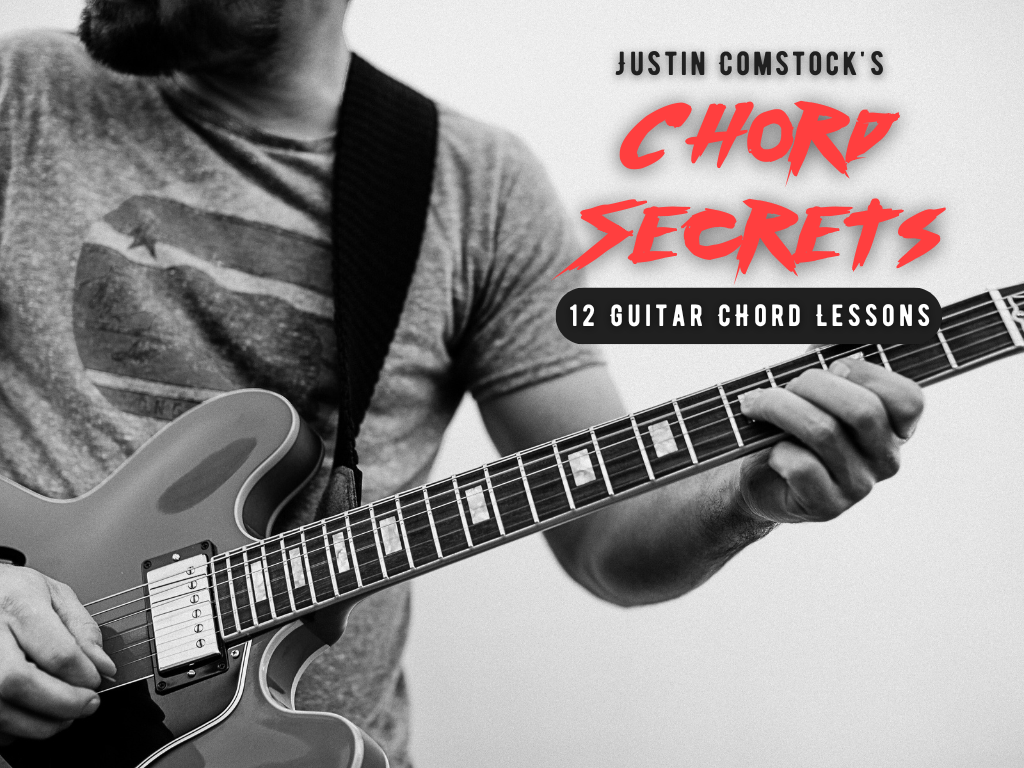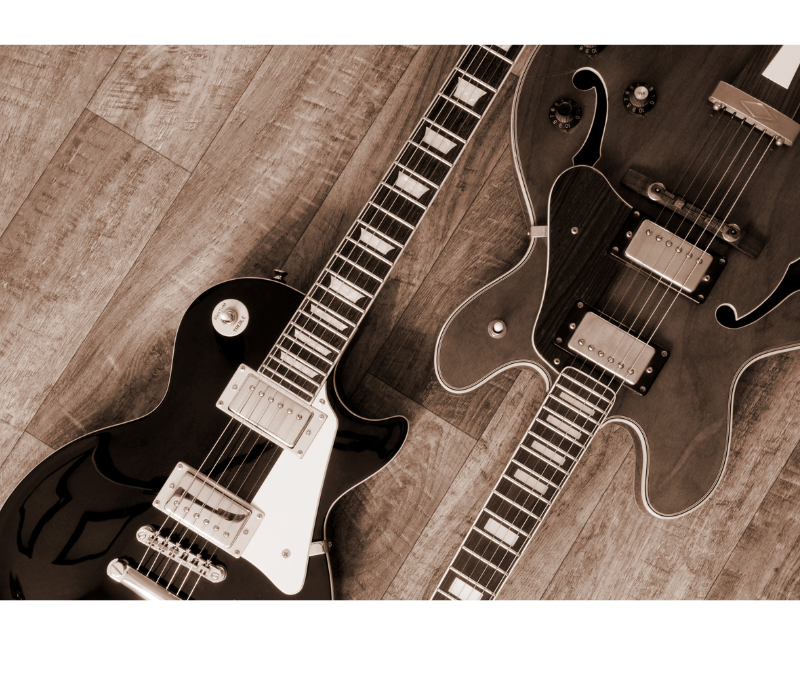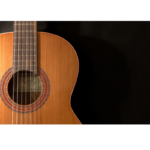Barre chords are the backbone of guitar playing, offering a versatile toolkit for musicians to navigate through various musical landscapes. Whether you’re strumming along to your favorite songs, jamming with friends, or crafting your own compositions, mastering barre chords is essential for every guitarist. In this comprehensive guide, we’ll dive deep into the world of barre chords for guitar, exploring major, minor, and dominant variations, and uncovering the secrets to applying them in different keys.
Understanding Chords: The Foundation of Guitar Playing
Let’s take a moment to understand what they are and why they are crucial for guitarists.
Barre chords involve using one finger to press down multiple strings across the fretboard, effectively acting as a “movable” nut. This technique allows guitarists to play the same chord shape in different positions on the fretboard, thereby transposing the chord to different keys.
Major Barre Chords: Building Blocks of Harmony
Major barre chords form the foundation of many songs across various genres. They convey a sense of brightness and positivity, making them essential in pop, rock, folk, and more.
To play a major barre chord, you’ll typically use your index finger to barre across all six strings at a particular fret while forming the chord shape above it. For example, the F major barre chord can be played by barring the 1st fret and forming an E major shape above it.
Minor Barre Chords: Adding Depth and Color
Minor barre chords evoke a sense of melancholy and introspection, making them indispensable in ballads, blues, jazz, and other genres that require a darker tonality.
To play a minor barre chord, follow a similar approach to major barre chords but adjust the chord shape to its minor counterpart. For instance, the F# minor barre chord can be played by barring the 2nd fret and forming an E minor shape above it.
Dominant Barre Chords: Injecting Bluesy Flavor
Dominant barre chords add a bluesy edge to your playing, lending themselves well to blues, rock, funk, and other styles that demand a gritty and soulful sound.
To play a dominant barre chord, use the same barre technique but adjust the chord shape to its dominant form. For example, the G dominant barre chord can be played by barring the 3rd fret and forming a D major shape above it.
Applying Chords in Different Keys: Unlocking The Fretboard
One of the most significant advantages of mastering barre chords is the ability to play in different keys effortlessly. By learning the relationship between chords and their corresponding keys, you can transpose songs on the fly and adapt to various musical contexts.
To apply barre chords in different keys, it’s essential to understand the concept of chord families. Each major key has a set of chords that naturally occur within it, known as the diatonic chords. By knowing the diatonic chords of a particular key, you can easily find the corresponding barre chord shapes and play in that key.
For example, in the key of C major, the diatonic chords are:
- C major (I)
- D minor (ii)
- E minor (iii)
- F major (IV)
- G major (V)
- A minor (vi)
- B diminished (vii°)
By identifying the root note of each chord and applying the appropriate barre chord shape, you can play songs in the key of C major using barre chords. The same principle applies to other keys as well.
Tips for Mastering Barre Chords:
- Practice Proper Technique: Ensure your index finger presses down firmly on the strings without muting adjacent strings.
- Start Slowly: Begin by practicing individual chord shapes slowly and accurately before increasing speed.
- Use Visual Aids: Visualize the chord shapes and their relationships on the fretboard to aid memorization and navigation.
- Experiment with Inversions: Explore different voicings and inversions of barre chords to add variety and color to your playing.
- Apply in Songs: Practice playing songs that utilize barre chords to reinforce your skills in a musical context.
Conclusion:
Barre chords are an indispensable tool in every guitarist’s arsenal, offering endless possibilities for creative expression and musical exploration. By mastering major, minor, and dominant variations, and understanding how to apply them in different keys, you’ll unlock a world of musical proficiency.
So, embrace the challenge, put in the practice, and watch as your guitar playing reaches new heights with the power of barre chords. Whether you’re strumming along to your favorite tunes or crafting your own compositions, these versatile chord shapes will serve as your faithful companions on your musical journey.

Download The FretDeck & Chord Secrets Course!
Download Course










